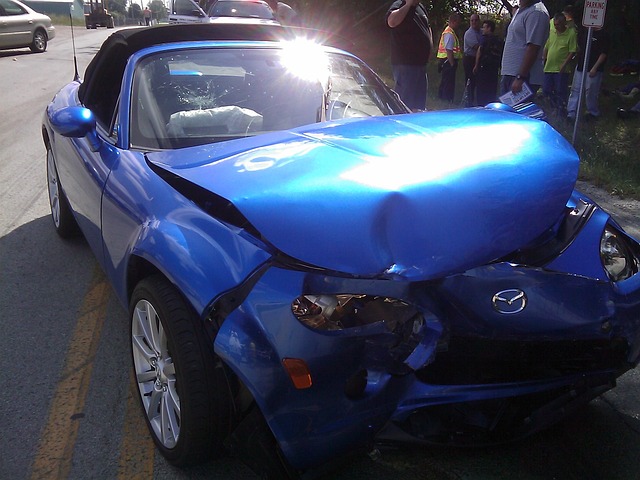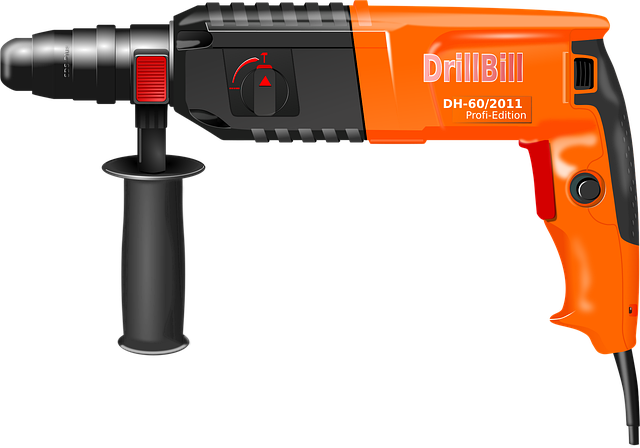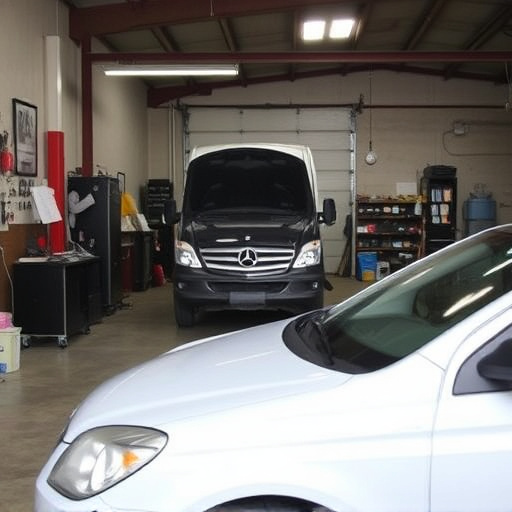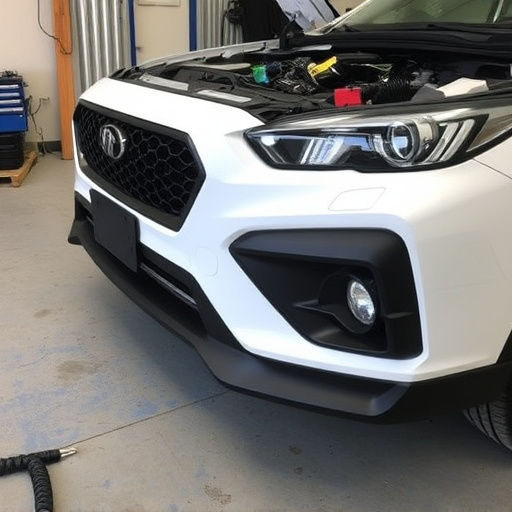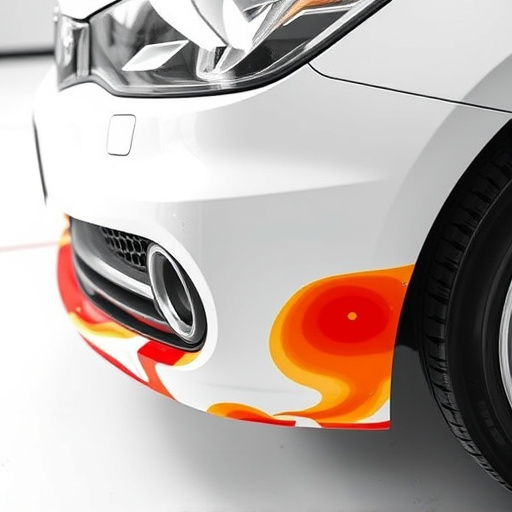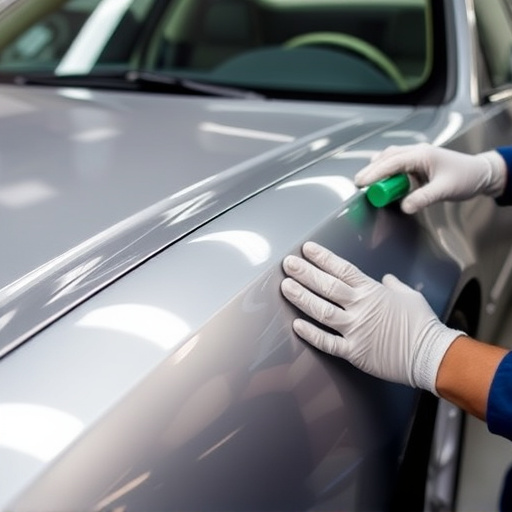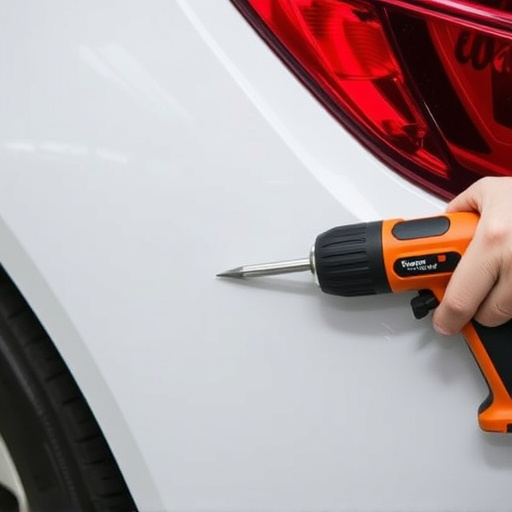Initial Damage Reports (IDRs) provide critical information after vehicle accidents, including date/time, location, incident descriptions, and damage assessments. However, immediate IDRs may not capture all issues. Supplemental claims come into play for unforeseen damages discovered later, ensuring policyholders receive comprehensive reimbursement. Supplemental claims assistance is vital for streamlining recovery, documenting all damages from visible to subtle, facilitating precise repairs, and expediting the entire process.
In any damage report scenario, understanding the distinction between initial assessments and supplemental claims is crucial for a seamless recovery process. Initial damage reports lay the foundation, capturing immediate observations and costs. Supplemental claims, however, are a subsequent step where new or unforeseen damages are documented. This article explores these nuances, delving into the purpose of initial reports, the necessity of supplements, and the role of supplemental claims assistance in streamlining recovery for individuals and businesses alike.
- Understanding Initial Damage Reports: The First Step in the Claims Process
- Unraveling Supplemental Claims: When and Why They Are Necessary
- The Role of Supplemental Claims Assistance: Streamlining the Recovery Process
Understanding Initial Damage Reports: The First Step in the Claims Process

Initial Damage Reports (IDRs) are a crucial first step in the claims process, providing a comprehensive overview of the incident and its impact on the vehicle. When an accident occurs, whether it’s a minor fender bender or a more severe collision, the IDR captures essential details from both parties involved. This document includes information such as dates, times, locations, and descriptions of what happened, along with the extent of damage to each vehicle. It serves as a foundational piece of evidence, assisting in the subsequent navigation of the claims process by both insurance companies and policyholders.
For instance, an IDR for a car that needs auto repair services due to damaged fenders or a new coat of car paint services would detail the specific repairs required, their estimated cost, and the time frame for completion. This report is instrumental in facilitating communication between the insured, their insurance provider, and local auto repair shops, ensuring everyone is on the same page regarding the necessary supplemental claims assistance and the vehicle’s restoration to pre-accident condition.
Unraveling Supplemental Claims: When and Why They Are Necessary

In many cases, initial damage reports following an accident may not account for all the issues that arise from the incident. This is where supplemental claims come into play, offering crucial supplemental claims assistance. These additional claims are often necessary when the full extent of damages isn’t immediately apparent or when further investigation reveals hidden or emerging problems with a vehicle. For instance, while a car repair service might initially assess and report on visible dents and scratches, subsequent inspections could uncover issues like frame damage or interior contamination that require separate vehicle restoration and frame straightening services.
Supplemental claims provide an avenue for policyholders to seek compensation for these unforeseen damages, ensuring they receive comprehensive reimbursement for all repair costs. This process is particularly important in the aftermath of severe accidents where initial assessments might overlook complex vehicle systems or aesthetic repairs that significantly impact a vehicle’s overall condition and value.
The Role of Supplemental Claims Assistance: Streamlining the Recovery Process

Supplemental claims assistance plays a pivotal role in streamlining the recovery process for individuals involved in accidents. When an initial damage report is filed, it provides a preliminary assessment of the harm caused to vehicles. However, the true scope of repairs often becomes evident only after a more detailed inspection and evaluation. Here’s where supplemental claims come into play.
This additional reporting mechanism allows for a comprehensive documentation of all damages, including those not immediately apparent. For instance, while a car dent repair might be visible, hidden or subtle damage to the vehicle’s body or frame could require specialized knowledge and tools to identify. Supplemental claims assistance ensures that these nuances are captured, facilitating more accurate and thorough auto frame repairs and vehicle body repairs, ultimately leading to faster and more efficient recovery processes.
In navigating the complex landscape of insurance claims, understanding the distinction between initial damage reports and supplemental claims is key. While initial reports lay the foundation for the claims process, supplemental claims offer crucial updates and additional evidence, streamlining recovery for policyholders. By leveraging tools like supplemental claims assistance, individuals can efficiently manage and resolve their claims, ensuring a smoother journey towards restoration.



